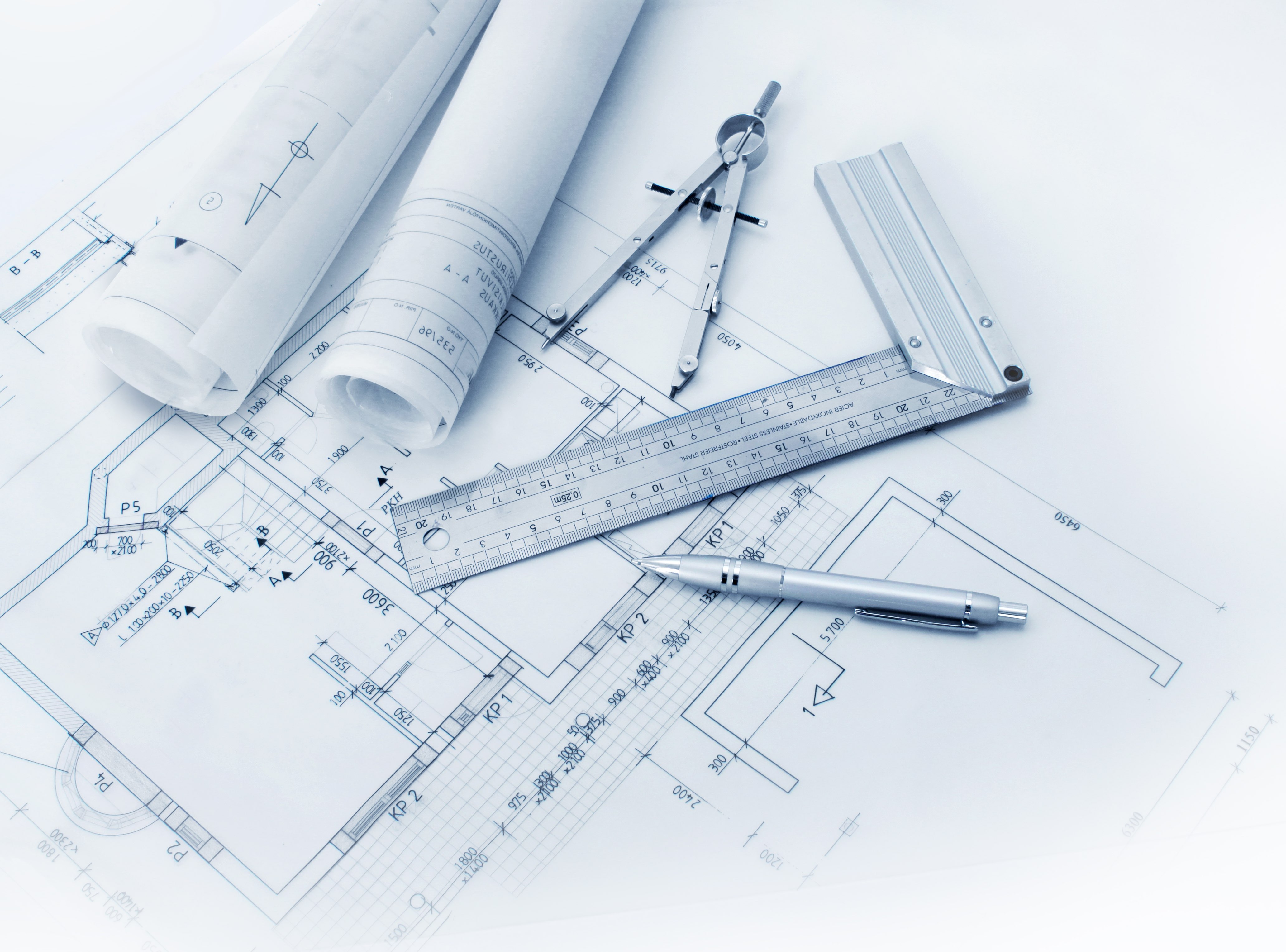5 Key Elements of a Pre-Construction Checklist
The average annual expenditure in the US construction sector is $1.231 trillion. With some projects spending hundreds of millions, commercial construction is a significant contributor to such spending. Along with such budgets, there is a great need for project managers to ensure that projects are completed on time and within budget. In this regard, a pre-construction checklist is invaluable.
There are many things that go on in a construction project, from the planning phase to completion. More so, it requires the involvement of multiple parties, making it even more complicated. This is exactly what a construction checklist is aimed at addressing. It ensures that you prepare for all the project’s needs and have a guide for making sure everything progresses as planned.
At Build Analysis, our joy is seeing our clients complete their construction projects successfully. This is why our team of construction managers and cost experts has prepared the following pre-construction checklist to assist owners, developers, and contractors:
- Determine engineering needs
- Develop the initial design concept
- Assign roles and responsibilities
- Create a budget
- Set construction timelines
Determine the Engineering Needs
With any construction project, there are usually three primary objectives:
- Ensuring the building functions as intended while meeting regulatory requirements
- Completing the Project on time
- Keeping costs within budget
One of the biggest mistakes that lead to unexpected surprises, such as schedule delays and budget overruns, is assuming a project’s needs will be similar to that of an identical project. Although it is good to use it for comparison, your new Pre-Construction Checklist should not look the same.. The reason for this is simple – even if the project is using a similar design for another building, the project’s new location will have unique environmental factors that need to be considered, from the soil conditions and seismic activity of the proposed location to the zoning and regulatory requirements of that city.
As a result, the project’s needs, timeline, and costs will differ. To avoid such a scenario, visit and research the construction location and determine all the engineering needs. The goal is to find out more about the unique needs of that location and factor them in the project’s early planning stages.

Develop the Initial Design
Once you’ve got a clear picture of the location’s unique needs, you can begin having design concepts developed and fine-tuned. . Having the design presented to project team members as frequently as possible provides everyone with a clearer picture of how a building is evolving and what it will look like at completion which certainly allows all team members to plan both effectively and efficiently. Assign Roles and Responsibilities.
Along with the several processes within commercial construction, there are many stakeholders involved in a project’s life cycle. . Each stakeholder representative, however senior or not, plays a crucial role in the success of the project. A delay in one area will most likely have a domino effect and cause delays in other processes, putting the project at risk.
The first step in preventing unnecessary delays is assigning the roles and responsibilities early on. From the building owner and project design consultants, to the general contractor and future tenant, each representative should know their deliverables and timelines. Assigning roles and responsibilities to each stakeholder helps in two significant ways.
First, we can be sure that there is someone accountable for each task. Secondly, there will be no delays caused by slow decision-making brought about by questions regarding who is in charge of what. As an owner, developer, or contractor, it is in the best interest of the project to set these responsibilities as early as possible within each phase of a project’s life cycle. This can be achieved through establishing well-developed contracts and service agreements with each entity, including a clearly outlined scope of work listing key responsibilities.
Create a Budget
Developing and sticking to a budget is one of the key success elements for any construction project. The budget must be as accurate as possible as any error can be costly. For general contractors, if your budget is too high, you stand the risk of losing a client. On the other hand, a low budget may introduce unexpected costs to owners and developers which can lead to a reduced return on investment.
To develop an accurate budget, begin by sharing and discussing the vision of the project and how the budget shall represent this vision. With a vision in mind, in addition to an approved design specific to the location’s unique requirements, all stakeholders involved with developing or reviewing a budget can delve deeper into the inclusions, exclusions, and allowances of a budget for a comprehensive and accurate list of probable costs.
Having a common understanding among stakeholders of what the budget shall include or exclude, bids submitted by contractors will be in line with the expectations set by owners and developers. General contractors can learn more about estimating construction costs by reading our article about the six things to keep in mind when estimating construction costs.Owners and developers will need to do their due diligence when reviewing bids and hiring a contractor, as this can help avoid budgetary concerns when the project is underway. Stay tuned for our future post on best practices for owners and developers during contractor bid review and selection.

Set Construction Timelines
After completing the previous steps, all stakeholders will have a clearer picture of the scope of the project and its roadmap. With this, you can create a schedule for different activities and an overall timeline for completion. To help with this, set up milestones to help you gauge the process.
Since many things influence the progress of commercial construction projects, disruptions and delays are unavoidable. To mitigate the risk they will have, come up with a process for tackling such issues. You do not want to waste more time deliberating on what to do.
How Can Build Analysis Help?
An essential element of a pre-construction checklist is to help you achieve deliverables within the intended timeframe and budget. Build Analysis shares the same objective. To ensure your pre-construction planning is reliable, we offer project-specific analytics for commercial construction projects. Reach out to us today to gain clarity on your construction project’s needs.